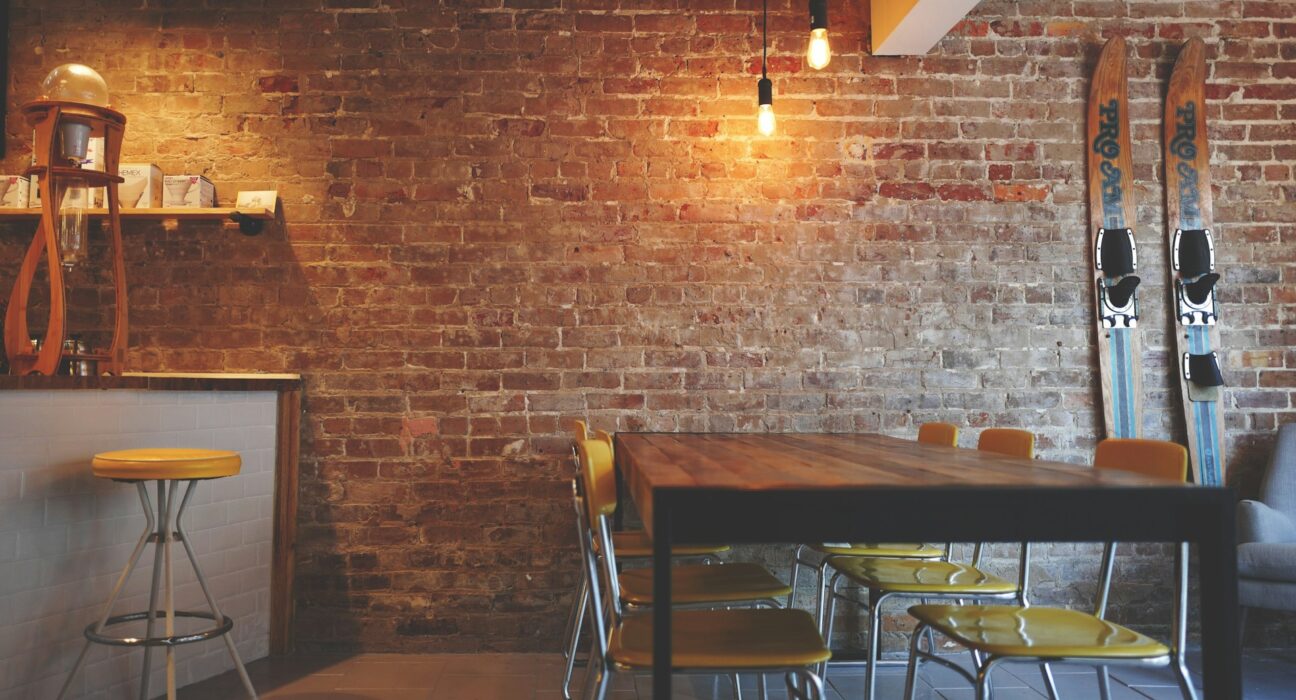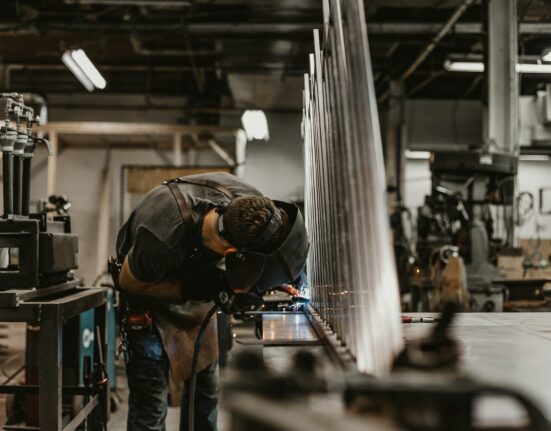Interior design is more than just arranging furniture. It’s an art rooted in purpose and intent, turning empty spaces into personalized environments. Whether you’re a seasoned decorator or a new homeowner, understanding the core principles of interior design can revolutionize how you approach crafting the ideal space. From color theory to spatial planning, the elements of design fuse to create living areas that embody functionality and beauty.
Unveiling the Building Blocks of Interior Design
To start, we must recognize the building blocks that form the foundation of interior design:
1. Space
Space is the canvas on which interior design art is created. There are two types of spaces to consider:
- Positive Space: The occupied areas, such as rooms filled with furniture.
- Negative Space: The unoccupied areas that define the boundaries of positive spaces, like the space between chairs.
Understanding how to manipulate space through scale and layout is essential to creating an inviting atmosphere.
2. Line
Lines guide the eye and can be straight or curved, horizontal or vertical. They can divide or move the eye up or down, across or lead the eye in a particular direction. In interior design, lines can be seen in architectural details, furniture shapes, and even the edges of shadows.
3. Form
Form lends a feeling of aesthetic appeal and depth. Solid or hollow, natural or man-made, form plays a crucial role in balancing the visual weight of a room. Geometric forms are more organized and are prevalent in contemporary design, while organic forms are more natural and often associated with traditional spaces.
4. Light
Lighting is the invisible designer in any interior. It sets the ambiance and mood, and without sufficient lighting, the impact of other design elements can be lost. How you choose to light a space, be it natural light through windows, or artificial through lamps and chandeliers, can dramatically alter the perception of the room.
5. Color
Perhaps the most expressive element, color has the power to evoke emotions and change perceptions. By understanding the color wheel and associated color schemes, an interior designer can create harmony and contrast within a space to set the desired tone.
6. Texture
Texture adds depth and interest. It can be visual, like a pattern on a wall, or tactile, such as a rough or smooth surface. Mixing and matching textures adds complexity to a room, making it visually and physically engaging.
7. Pattern
Patterns add a sense of movement and interest. They can be geometric, like chevron, or organic, like floral designs. While it’s important to not overdo patterns, they can breathe life into otherwise monotonous spaces.
Harmonizing the Elements
Functionality of a space is the careful selection of personalized elements. For example, incorporating unique decor items can reflect an individual’s taste and story, creating a warm and inviting environment. A perfect way to symbolize special moments in a beautifully designed space is through bespoke engagement rings. By choosing designs that resonate with personal narratives, such as those offered by Engage Studio, individuals can add a touch of elegance and personal significance to their interiors, seamlessly blending style with meaning.
Once you have a grasp of the building blocks, it’s time to harmonize them in a way that creates a cohesive design. This requires an understanding of the following principles:
1. Balance
Balance ensures that no single element overpowers another. It can be symmetrical, where both sides of the space mirror one another, or asymmetrical, where elements differ in visual weight but still contribute to an overall sense of equilibrium.
2. Rhythm
Rhythm is all about creating a sense of movement guided by a repeated pattern. This could be through the use of color, texture, or line. It’s what prevents a room from feeling stale and static.
3. Emphasis
By creating a focal point, you emphasize the most important part of the room. Whether it’s a fireplace, a piece of art, or a feature wall, the focal point draws the eye and gives the viewer a clue about where to look.
4. Proportion and Scale
Proportion is about the relationship between design elements, while scale refers to how these elements relate to the space and one another. Both are crucial in ensuring that a room feels neither crowded nor empty but harmoniously filled.
5. Contrast
Contrast adds a bit of conflict to a design, which, when executed well, is essential to making a room feel interesting. This could be achieved through colors on the opposite ends of the spectrum or textural contrasts like mixing rough and smooth surfaces.
Applying Fundamental Principles
Interior design is a practical art, so how do we apply these principles in real-world scenarios?
1. Planning and Layout
A well-thought-out layout takes into account the function of the room and the flow of traffic. Consider the placement of furniture, the use of dividers to create different areas within open spaces, and how people will move through the room.
2. Choosing the Right Colors
It’s not just about personal preference. Consider how different colors influence the perception of space. Light colors can make a room feel larger, while warm colors create an intimate ambiance.
3. Utilizing Lighting Strategies
A layered lighting approach using ambient, task, and accent lighting can transform a space. Natural light should be maximized, and artificial light should be used to complement the activities taking place in the room.
4. Texture and Pattern Play
A variety of textures and patterns can add interest, but be careful not to overdo it. A balance is crucial to preventing sensory overload.
5. Creating Focal Points
Every room should have a focal point. It can be architectural, like a bay window, or it can be created, like a piece of art. What’s important is that it draws the eye without overpowering the rest of the space.
The Art of Personalization
The true mastery of interior design lies in the ability to personalize. Whether you’re designing for yourself or a client, the space should reflect the people who will be living in it. This could mean incorporating personal mementos, favorite colors, or hobbies into the design. Remember, interiors are not static; they should evolve with their inhabitants.
By incorporating the principles of interior design into your living spaces, you can create environments that not only look beautiful but also serve a purpose, engage the senses, and elicit an emotional response. It’s a continuous process of learning and refining, but the joy of inhabiting a stunningly designed room is well worth the effort.
Conclusion
The fundamentals of interior design are guidelines rather than strict rules. They provide a framework for understanding how the elements of design work together and can be manipulated to create the desired effect. Whether you’re looking to refresh a single room or are planning a complete home makeover, keeping these principles in mind will help you on your path to becoming a savvy interior designer. Remember to start with a plan, focus on the harmony of elements, and personalize to create a space that is not only pleasing to the eye but also a joy to be in.








Leave feedback about this